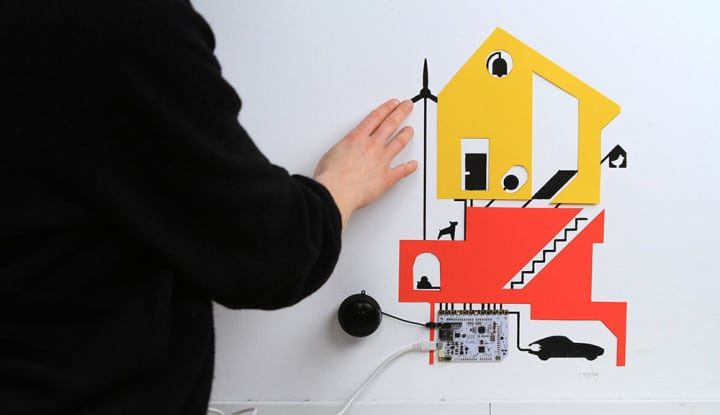
Basics of Home Soundproofing
Soundproofing could be necessary to make your house more liveable, especially if there are constant sources of noise pollution nearby. Calm and peaceful environment is important for your mental health and well being. You can be more productive and have quality sleep. As an example, if your home is near roads with heavy traffic, sound insulation is no longer a matter of choice. With proper acoustic insulation installation, sound transmission into your house will be reduced. Good insulation materials have poor acoustic performance and they don’t allow sound to travel through them. There could also be empty spaces between two walls filled with a strong insulation material to prevent sound from getting into the interior of your house.
Regular walls and wood have poor acoustic insulation performance. Much of the external noise will make its way into your bedrooms and family room. Materials that you choose should have all the needed factors to insulate performance. Before installing the soundproofing materials in your home, there are various factors that you should consider. First of all, you should determine the most likely direction of noise pollution. So, you should focus on parts of the house where intrusive noise comes into your house. In some cases, noises come from inside your house, such as the boiler in the basement. If you want to block the traffic noise, you may want to install stronger insulation at the front part of your house or any side of your house that’s affected by traffic noise.
You should determine whether the existing materials in your house are good enough to insulate noise. As an example, you may have properly insulated your walls and roof, but your wooden flooring could allow much of the noise to escape into your interior. You need to consider the amount of tolerable noise. It will be time consuming and expensive to completely soundproof your house. In fact, completely sealing your house could impair the air circulation inside your house. This will add another problem inside your house. Some of the soundproofing issues can be solved more easily. As an example, if your flooring allows noise to get into your house, you may place a thick wool rug, since wool is a great soundproofing material. You may also hang heavy fabric curtain on your doors and windows.
If you have a more flexible budget, you may consider having a barrier between your walls and the source of noise pollution. You may set up a fake wall outside of your home. The fake wall material should be designed to deflect noise and foam can be inserted into the space in between. So, any noise that manages to penetrate the outer wall, will be absorbed by the foam. Very little, if any, remaining noise pollution can get into your house. The insulation shouldn’t only deal with the direct noise penetration, but also with reverberations and echoes. The acoustic insulation contractor should have decibel measurement equipment. Honk the car horn just outside your home and measure the audible decibel measurement inside the interior.





